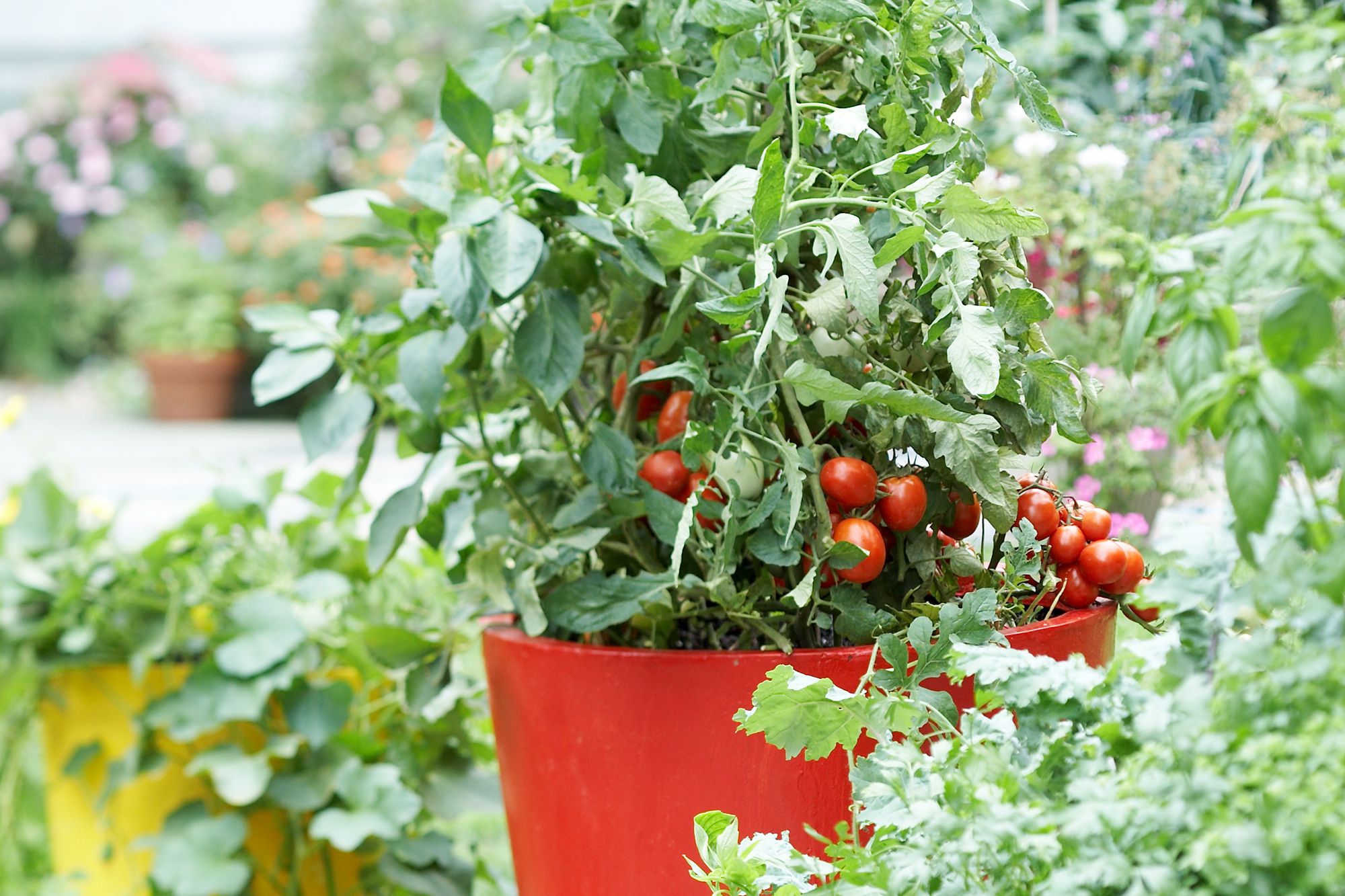

Articles
What To Do With Garden Tomatoes
Modified: October 19, 2024
Discover creative and delicious ways to utilize your garden tomatoes with our comprehensive gardening guide. From sauces to salads, make the most of your fresh produce.
(Many of the links in this article redirect to a specific reviewed product. Your purchase of these products through affiliate links helps to generate commission for Storables.com, at no extra cost. Learn more)
Introduction
Welcome to the wonderful world of gardening! If you’re lucky enough to have a bountiful tomato harvest, you may be wondering what to do with all those juicy and delicious tomatoes. Don’t worry, we’ve got you covered. In this article, we will explore various ways to make use of garden tomatoes so that none of your hard-earned produce goes to waste.
Garden tomatoes are a versatile fruit that can be used in a wide range of dishes. Whether you have grown juicy red beefsteak tomatoes, sweet cherry tomatoes, or tangy heirloom varieties, there are several options for preserving their flavor and prolonging their shelf life.
In the following sections, we will discuss different methods of storing, canning, and freezing tomatoes. We will also explore how to make tomato sauce from scratch and provide you with some mouthwatering tomato-inspired recipes to try. So let’s dive in and discover the many possibilities that garden tomatoes have to offer!
Key Takeaways:
- Embrace the abundance of garden tomatoes by exploring various preservation methods and mouthwatering recipes. Enjoy the vibrant flavors of summer all year round with a little creativity and planning.
- Make the most of your bountiful tomato harvest by storing, canning, freezing, and cooking up delicious tomato-inspired dishes. Let the versatility of garden tomatoes elevate your culinary creations and brighten your meals.
Read more: What Do Gardeners Do
Storing Garden Tomatoes
Before we delve into various preservation methods, it’s important to understand that fresh garden tomatoes are best enjoyed right away. However, if you find yourself with an excess of tomatoes that you won’t be able to use immediately, here are some tips for storing them:
- Room Temperature: If your tomatoes are perfectly ripe, storing them at room temperature will allow them to continue ripening and develop even more flavor. Keep them in a single layer on a countertop or in a bowl, away from direct sunlight. Be sure to check them regularly and use any that show signs of overripening.
- Refrigeration: If you need to prolong their shelf life, you can refrigerate your tomatoes. However, refrigeration can affect their flavor and texture, causing them to become mealy. To prevent this, only refrigerate tomatoes that are fully ripe and plan to use them within a few days.
- Separate Ripe and Unripe: To prevent the overripening of tomatoes, keep ripe ones separate from unripe ones. Ripe tomatoes release a hormone called ethylene, which can accelerate the ripening of nearby fruits. By separating them, you can control the ripening process and ensure that your tomatoes last longer.
Remember, the flavor of garden-fresh tomatoes is unparalleled, so it’s best to use them as soon as possible. However, if you can’t eat them all at once, these storage methods will help extend their lifespan without compromising too much on taste.
Canning Tomatoes
Canning is a popular preservation method that allows you to enjoy the taste of summer tomatoes all year round. The process involves sealing tomatoes in jars, ensuring that they remain safe to eat for an extended period. Here’s a step-by-step guide to canning tomatoes:
- Selecting Tomatoes: Choose tomatoes that are ripe, firm, and preferably free from blemishes or bruises. Paste tomatoes, such as Roma or San Marzano, are ideal for canning due to their meaty texture and low water content.
- Preparing the Jars: Wash your canning jars, lids, and bands in hot, soapy water. Rinse them thoroughly and sterilize them by boiling them in a large pot of water for 10 minutes. Place the lids in a separate small pot of simmering water.
- Blanching and Peeling: To remove the skins, cut a small X at the bottom of each tomato and blanch them in boiling water for about 30-60 seconds. Transfer them to an ice bath to cool quickly. The skins will easily peel off, allowing you to remove them effortlessly.
- Removing Seeds and Cores: Cut the peeled tomatoes in half and gently squeeze out the seeds and excess juice. Remove any tough cores from the tomatoes as well.
- Adding Acid: Tomatoes are a low-acid food, so it’s important to add acid to ensure their safety when canning. You can do this by adding 2 tablespoons of lemon juice or ½ teaspoon of citric acid per quart jar. This step is crucial in order to prevent the growth of harmful bacteria.
- Packing the Jars: Fill the sterilized jars with the prepared tomatoes, leaving around ½ inch of headspace at the top. Lightly tap the jars on a towel to remove any air bubbles. Wipe the rims of the jars with a clean, damp cloth to ensure a proper seal.
- Sealing the Jars: Place the sterilized lids on top of the jars and screw on the bands until they are fingertip-tight. Be careful not to overtighten them. Process the jars in a water bath canner, following the recommended time and temperature guidelines for your altitude.
- Storing and Using: Once processed, remove the jars from the canner and allow them to cool. Check the seals by pressing the center of the lids. If they do not pop back, the jars are properly sealed. Store the sealed jars in a cool, dark place and use them within 12-18 months.
Canning tomatoes allows you to preserve their flavor and nutrients, making them a versatile pantry staple. They can be used in countless recipes, from soups and sauces to stews and salsas. Plus, there’s nothing quite like the satisfaction of opening a jar of home-canned tomatoes during the winter months!
Making Tomato Sauce
One of the most popular ways to utilize an abundance of garden tomatoes is by making your own homemade tomato sauce. Whether you prefer a smooth marinara or a chunky salsa, making tomato sauce from scratch allows you to control the flavors and tailor it to your taste. Here’s a simple method for making tomato sauce:
- Preparing the Tomatoes: Start by washing and sanitizing your fresh tomatoes. Remove any stems, blemishes, or bruises. If desired, you can blanch them in boiling water for a brief period to make peeling easier. Core the tomatoes and roughly chop them.
- Sautéing Onions and Garlic: In a large pot, heat some olive oil over medium heat. Add finely chopped onions and minced garlic to the pot and sauté until they become soft and translucent. This will form the base of your tomato sauce and add depth of flavor.
- Adding the Tomatoes: Once the onions and garlic are cooked, add the chopped tomatoes to the pot. Increase the heat to medium-high and bring the mixture to a simmer. Stir occasionally, allowing the tomatoes to cook down and release their juices.
- Seasoning: Now is the time to add the herbs and spices to your tomato sauce. Common additions include basil, oregano, thyme, bay leaves, salt, and black pepper. You can also experiment with other seasonings like red pepper flakes, fennel seeds, or even a pinch of sugar to balance the flavors.
- Cooking and Thickening: Reduce the heat to low and let the sauce simmer gently for at least one hour, or even longer for a more concentrated flavor. Stir occasionally to prevent sticking and adjust the seasonings to your preference. If you prefer a smoother sauce, you can use an immersion blender or a regular blender to puree it.
- Storing and Using: Once your tomato sauce is cooked to perfection, let it cool before transferring it to clean, sterilized jars or containers. You can refrigerate it for a few days or freeze it in small portions for future use.
Your homemade tomato sauce can be used as a base for pasta dishes, pizzas, soups, or any recipe that calls for this versatile ingredient. By making your own tomato sauce, you can savor the fresh flavors of your garden tomatoes all year round.
To make the most of garden tomatoes, try making a simple and delicious tomato sauce. Just cook down the tomatoes with some garlic, onion, and herbs for a versatile sauce that can be used in pasta dishes, on pizzas, or as a base for soups and stews.
Freezing Tomatoes
Freezing tomatoes is another excellent method for preserving the taste and nutrients of fresh garden tomatoes. This technique is particularly useful when you have a surplus of tomatoes and want to enjoy them later. Here’s how to freeze tomatoes:
- Preparing the Tomatoes: Start by washing your tomatoes thoroughly and removing any stems, blemishes, or bruises. If desired, you can blanch them briefly in boiling water to facilitate peeling, but this step is optional.
- Peeling the Tomatoes: To remove the skins, you can cut a small “X” at the bottom of each tomato and blanch them in boiling water for about 30 seconds. Transfer them to an ice bath to cool quickly. The skins will easily peel off, allowing you to remove them effortlessly. Alternatively, you can leave the skins on if you prefer.
- Chopping or Whole: You have the option to freeze your tomatoes whole or chop them into smaller pieces. If you plan on using them for sauces or soups, it’s recommended to dice or crush them before freezing. However, if you prefer to use them in salad or as a topping, you can keep them whole.
- Packaging for Freezing: Place the prepared tomatoes in a single layer on a baking sheet lined with parchment paper. This initial freezing process helps prevent them from sticking together. Once frozen, transfer the tomatoes into freezer-safe bags or containers, removing any excess air and ensuring they are sealed tightly.
- Label and Date: To keep track of the freezing date and contents, label each bag or container with the type of tomato and the freezing date. This will help you identify them easily and utilize them in the proper order.
- Storing in the Freezer: Place the bags or containers of tomatoes in the freezer, ideally in a flat position to save space. They can be stored for up to 6-8 months, but for best quality, try to use them within 3-4 months.
- Thawing and Using: When you’re ready to use the frozen tomatoes, simply thaw them in the refrigerator overnight or at room temperature for a few hours. Use them in sauces, soups, stews, or any recipe that calls for cooked or blended tomatoes. Keep in mind that frozen tomatoes may have a softer texture after thawing, making them perfect for cooking rather than eating raw.
Freezing tomatoes is a convenient way to preserve them for future use. It allows you to enjoy the taste of your homegrown tomatoes throughout the year, even when they are out of season. So stock up on your favorite tomato varieties and freeze them to savor the flavors of summer all year round!
Read more: How To Store Tomato Seeds
Tomato Recipes
Garden tomatoes are incredibly versatile and can be used in a plethora of delicious recipes. Here are a few ideas to inspire your culinary creativity:
- Caprese Salad: A classic Italian dish that combines fresh tomatoes, mozzarella cheese, and basil leaves. Drizzle with olive oil and balsamic glaze for a burst of flavors.
- Tomato Bruschetta: Toasted slices of crusty bread topped with a mixture of diced tomatoes, garlic, basil, and olive oil. This appetizer is bursting with freshness and makes a great addition to any gathering.
- Tomato Tart: A savory tart made with a buttery crust and filled with sliced tomatoes, cheese, and fresh herbs. Perfect for a light lunch or as a stunning centerpiece for a summer brunch.
- Tomato and Mozzarella Stuffed Chicken: A succulent chicken breast stuffed with ripe tomatoes, mozzarella cheese, and basil. Baked to perfection, this dish is bursting with Mediterranean flavors.
- Tomato Pasta: Cook up some al dente pasta and toss it with sautéed vegetables, garlic, and a generous amount of fresh tomatoes. Top it off with grated Parmesan cheese for a simple and satisfying meal.
- Gazpacho: A chilled tomato soup made with ripe tomatoes, cucumber, bell peppers, onions, and garlic. This refreshing Spanish dish is perfect for hot summer days.
- Tomato Salsa: Dice up ripe tomatoes and combine them with onions, jalapeños, cilantro, lime juice, and salt for a zesty homemade salsa. Serve with tortilla chips or use it as a topping for tacos, quesadillas, or grilled meats.
- Stuffed Tomatoes: Hollow out large tomatoes and stuff them with a mixture of cooked rice, vegetables, herbs, and protein of your choice. Bake them until tender for a satisfying and flavorful meal.
These are just a few examples of the many ways you can use garden tomatoes in your cooking. Get creative and let the flavors of fresh tomatoes elevate your dishes to new heights. Whether you’re a fan of salads, soups, main courses, or appetizers, there’s a tomato recipe out there for everyone to enjoy!
Conclusion
Garden tomatoes are a gift from nature that brings joy, flavor, and versatility to our plates. With their vibrant colors, juicy textures, and rich flavors, it’s no wonder that tomatoes have become a staple ingredient in countless cuisines around the world.
In this article, we’ve explored various ways to make the most of your garden tomatoes. Whether you choose to store them at room temperature, can them for long-term preservation, make tomato sauce from scratch, freeze them for future use, or create delicious tomato-inspired recipes, the possibilities are endless.
Remember, the key to maximizing the flavors of your garden tomatoes lies in using them at their peak of ripeness. Whether you choose to eat them raw, cook them into sauces or soups, or use them as a topping or filling, the stunning taste of garden-fresh tomatoes will shine through.
Preserving your garden tomatoes is a great way to enjoy their exquisite taste beyond the harvest season. Whether you choose to store them, can them, freeze them, or transform them into delightful recipes, the process allows you to savor their flavors all year round.
So, embrace the abundance of your tomato harvest and experiment with different preservation methods and recipes. Let the vibrant colors and tantalizing flavors of garden tomatoes brighten your meals and bring a touch of summer to your table, no matter the season.
With a little planning and creativity, you can make the most of your garden tomatoes and elevate your cooking to new heights. So go ahead, get your hands dirty, nurture your tomato plants, and enjoy the fruits of your labor throughout the year.
Frequently Asked Questions about What To Do With Garden Tomatoes
Was this page helpful?
At Storables.com, we guarantee accurate and reliable information. Our content, validated by Expert Board Contributors, is crafted following stringent Editorial Policies. We're committed to providing you with well-researched, expert-backed insights for all your informational needs.

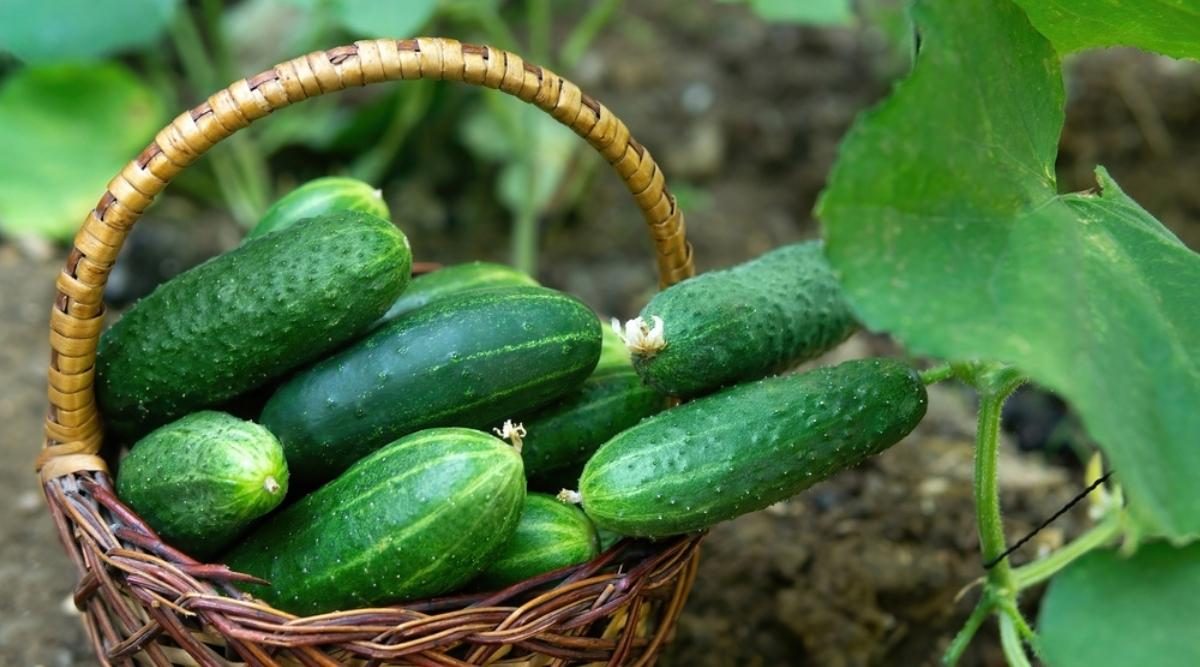
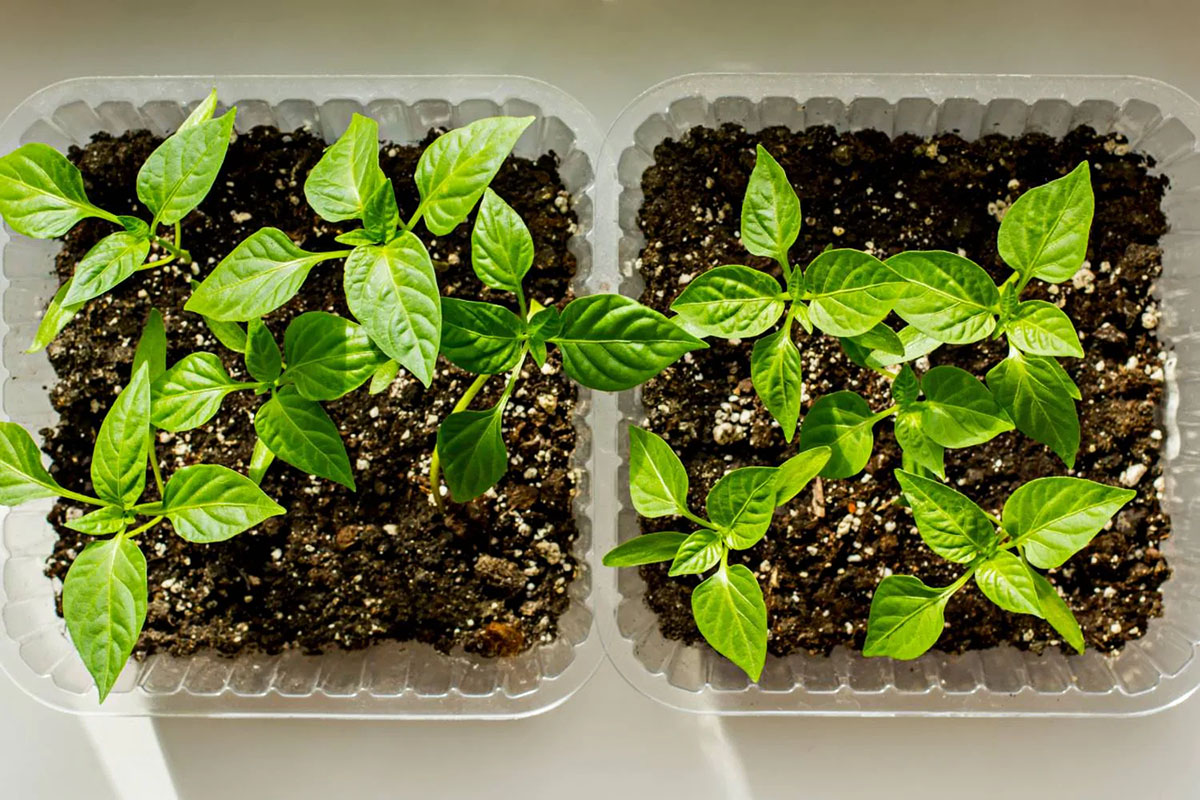
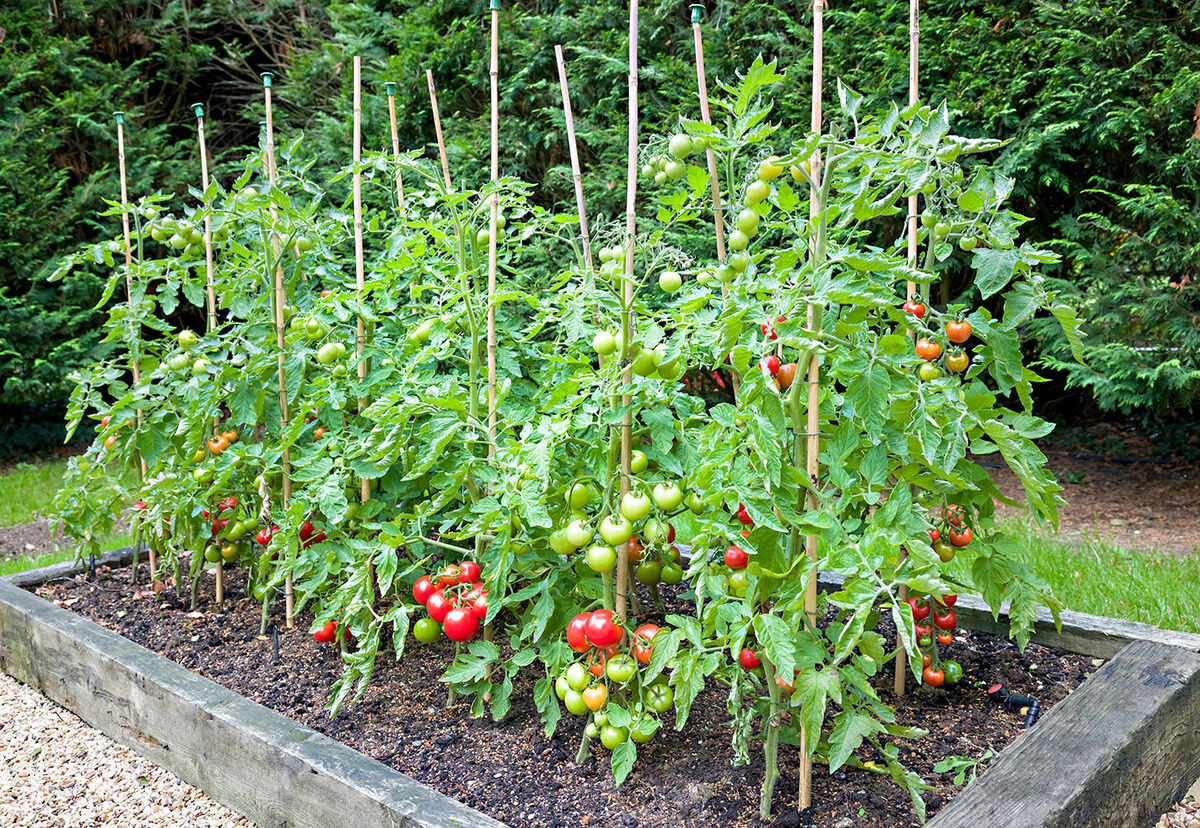

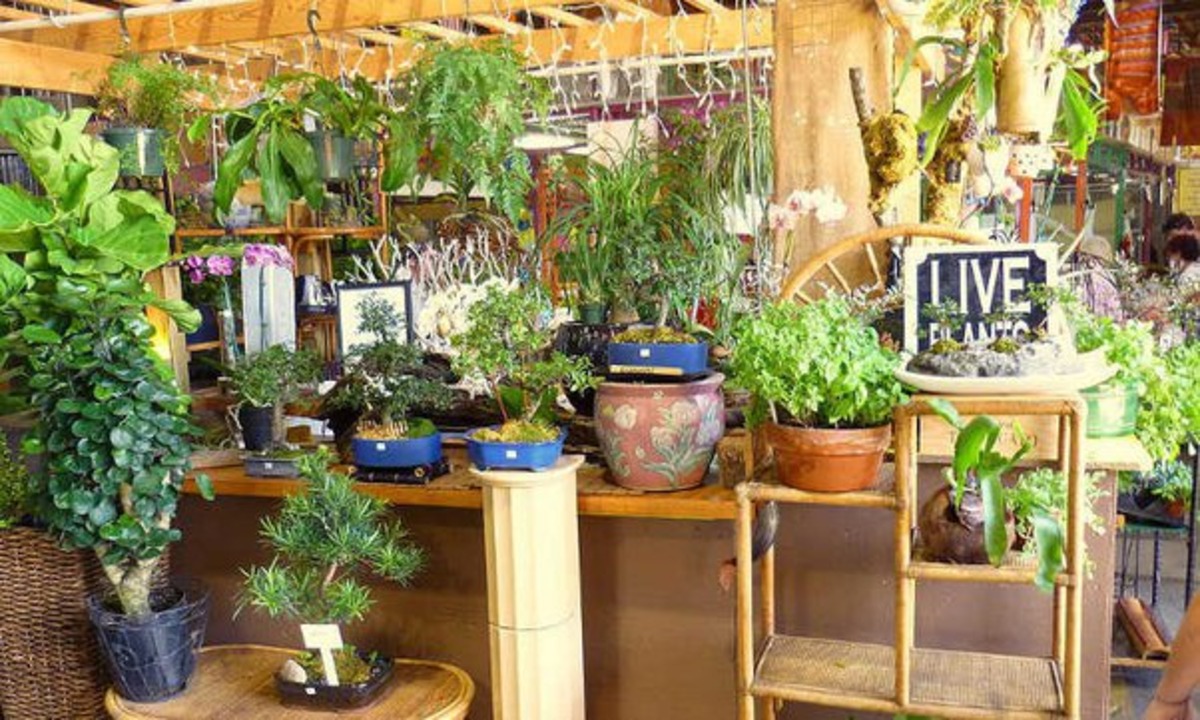
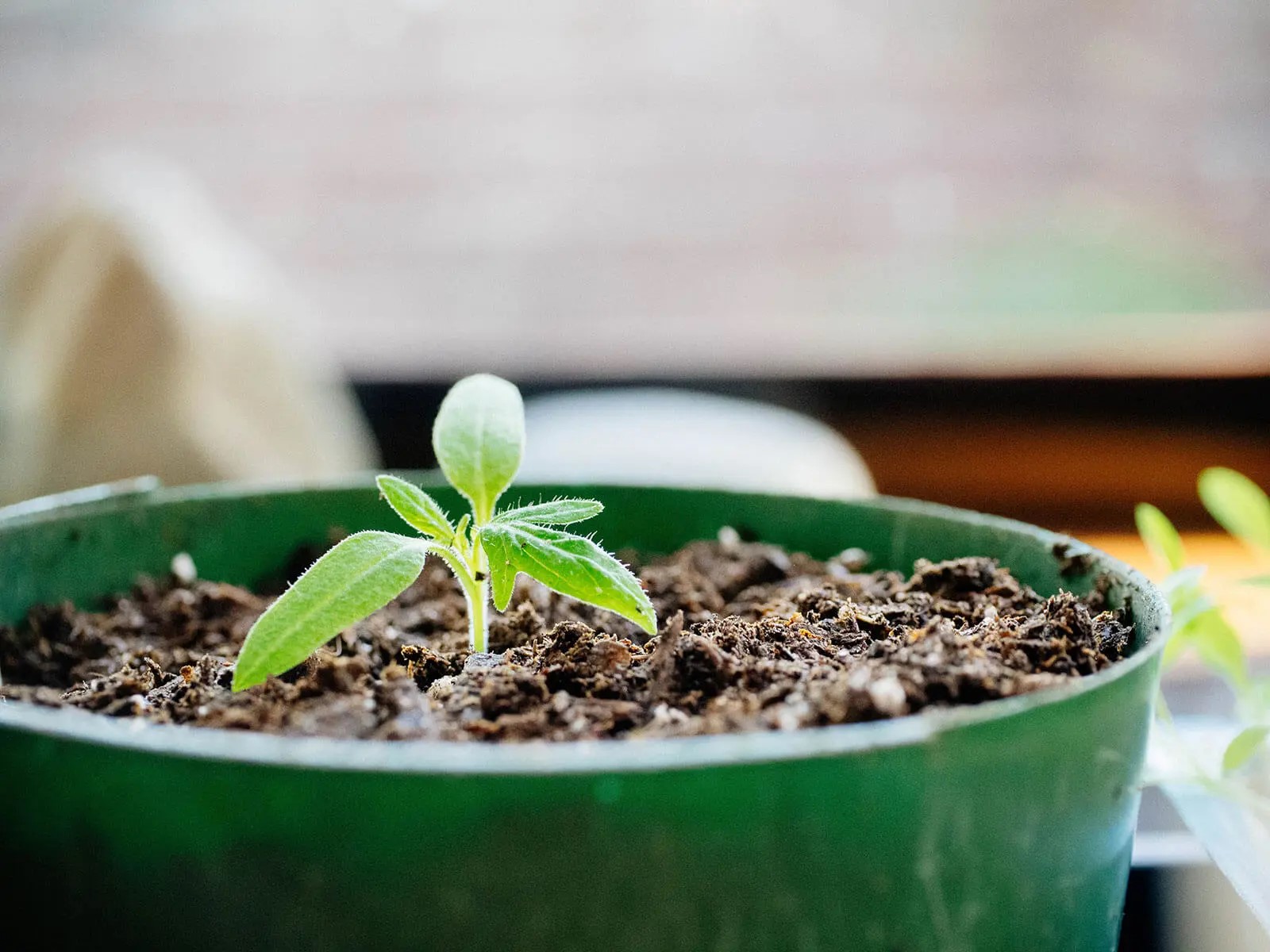
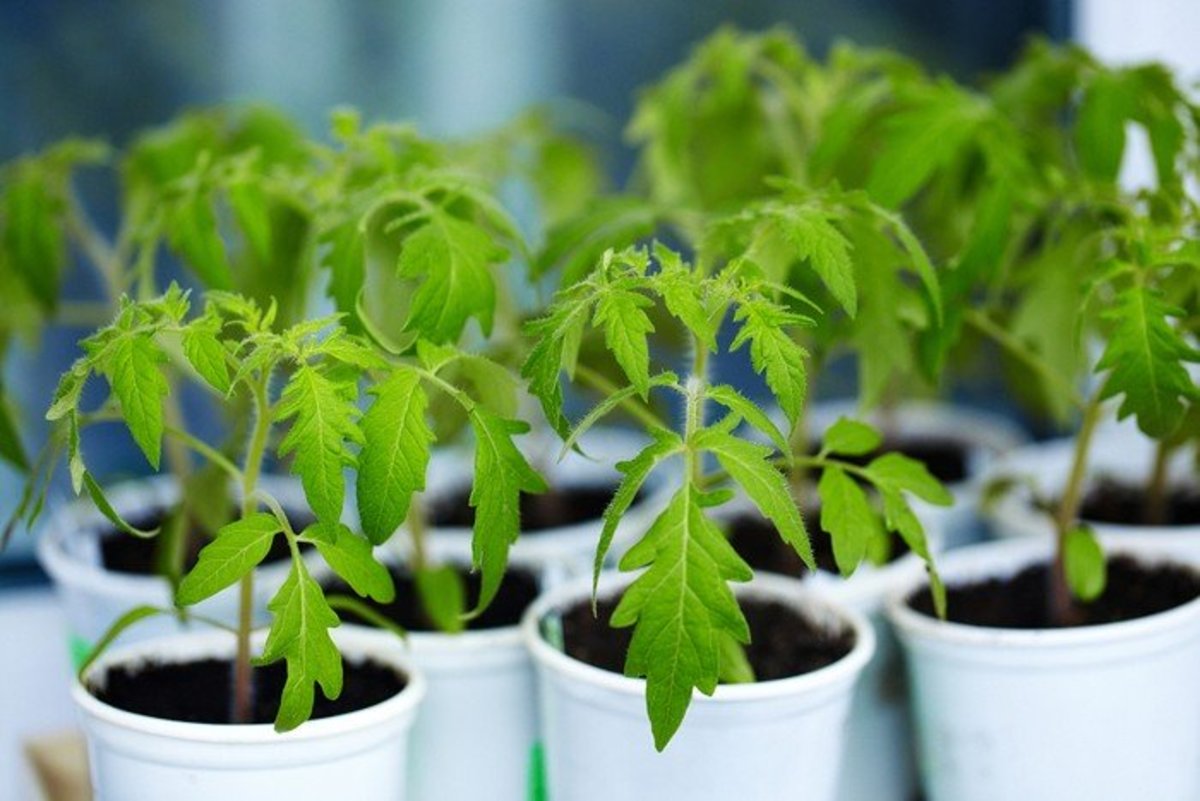
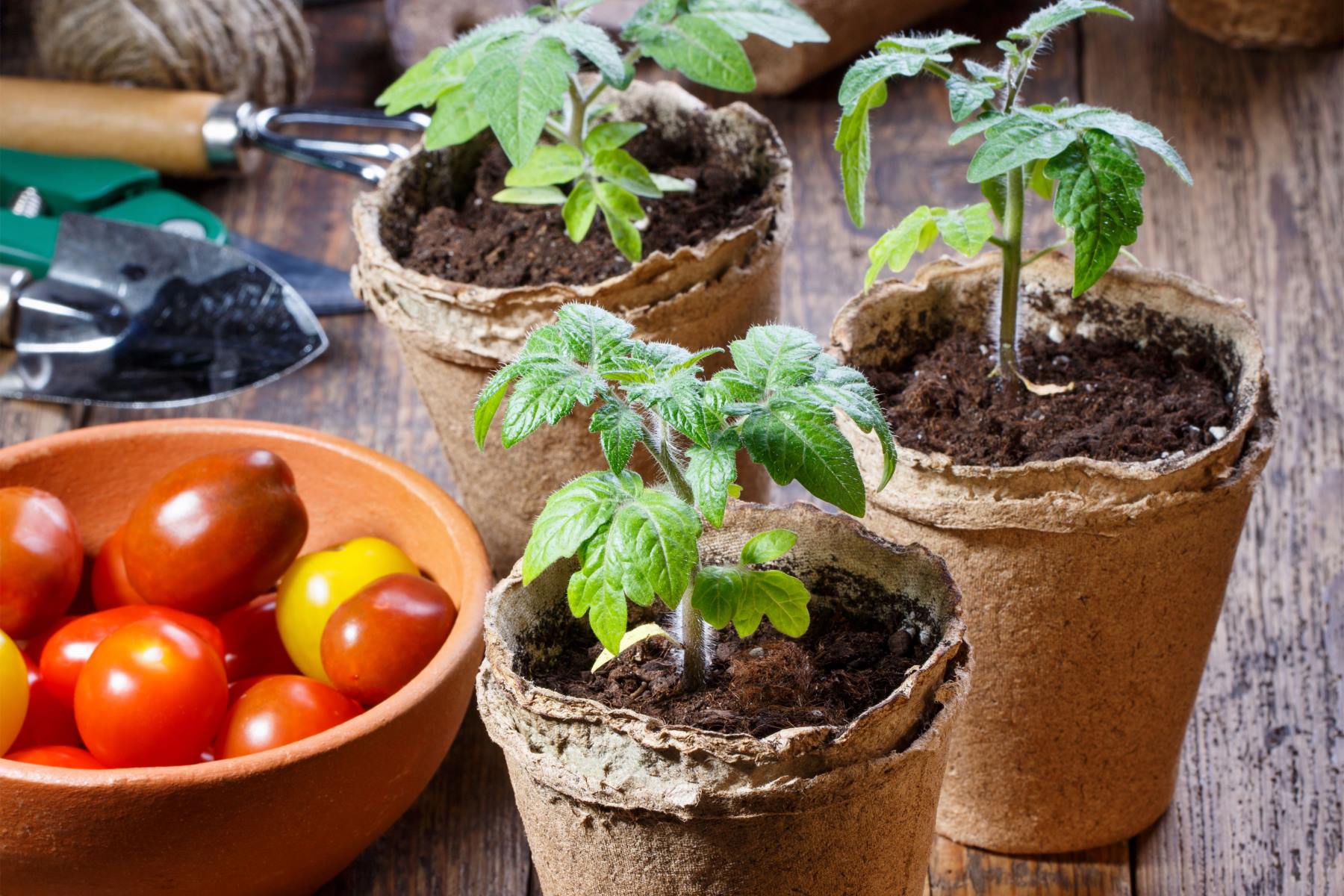
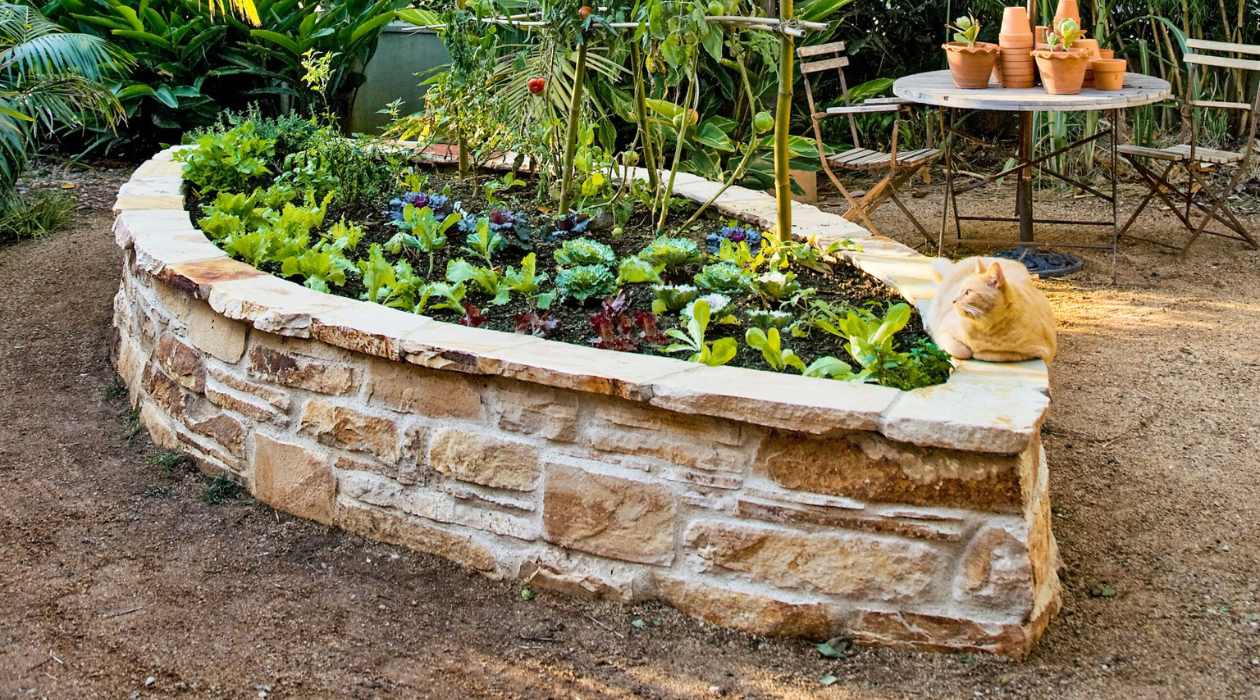
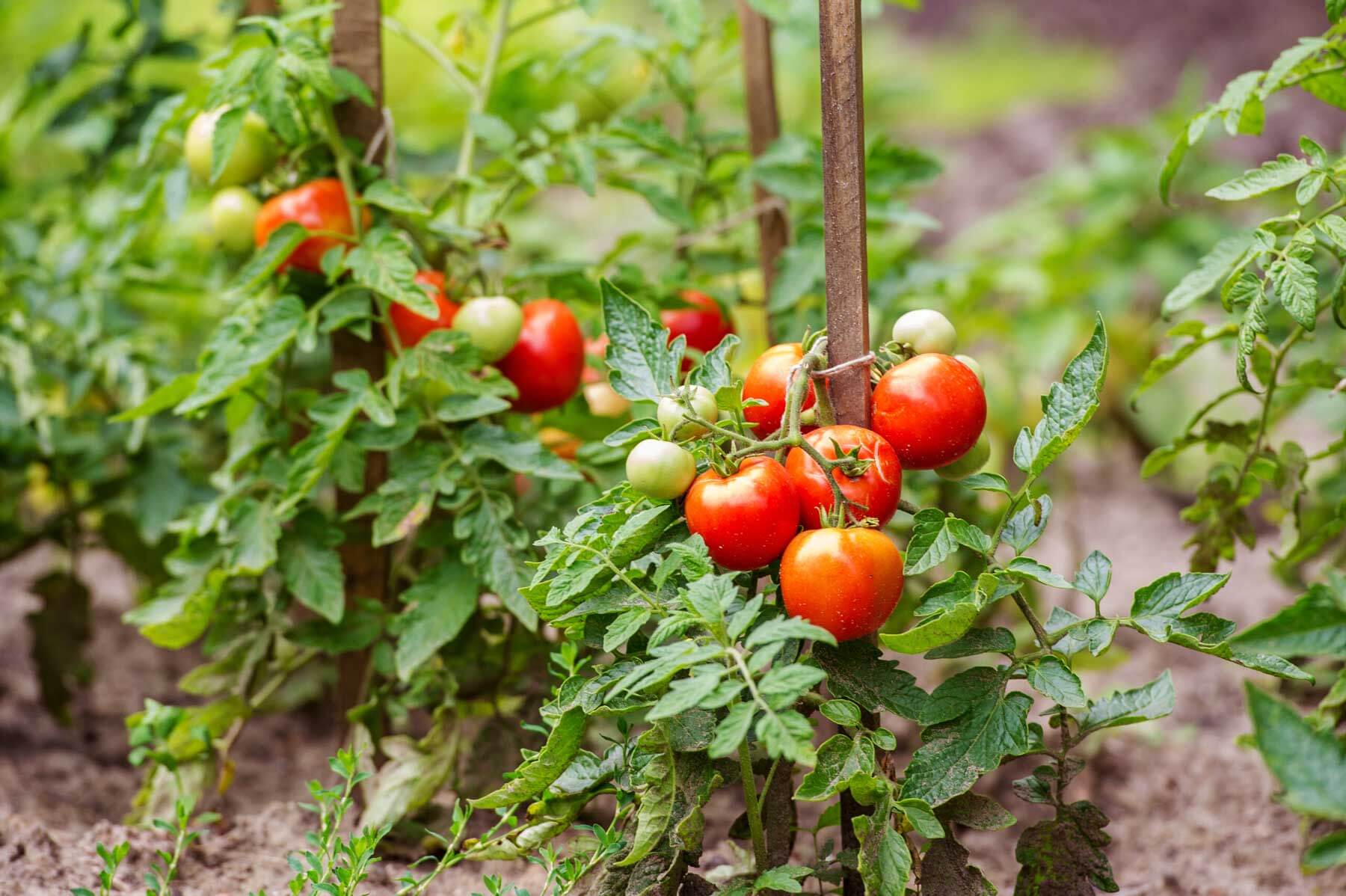
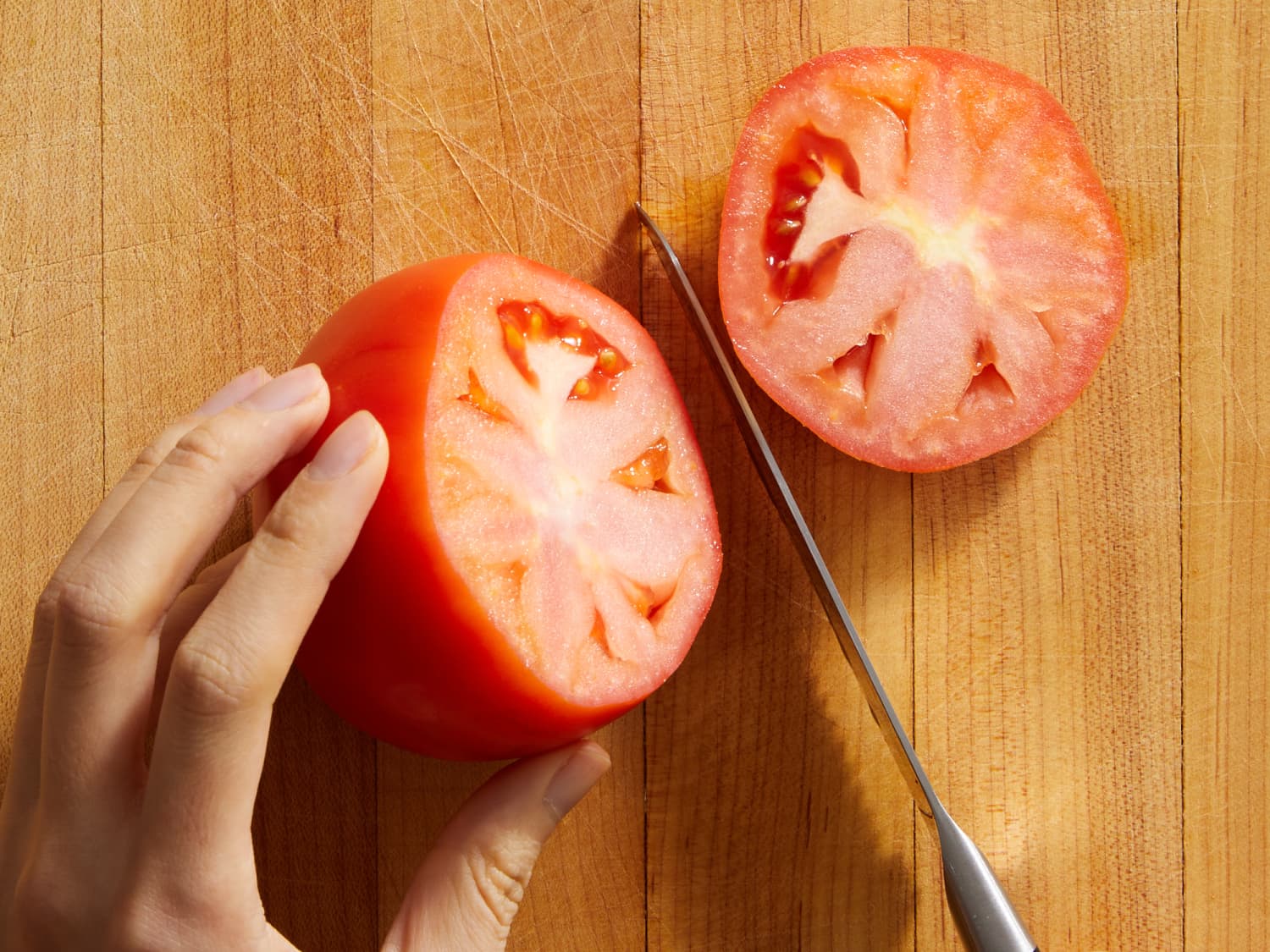



0 thoughts on “What To Do With Garden Tomatoes”